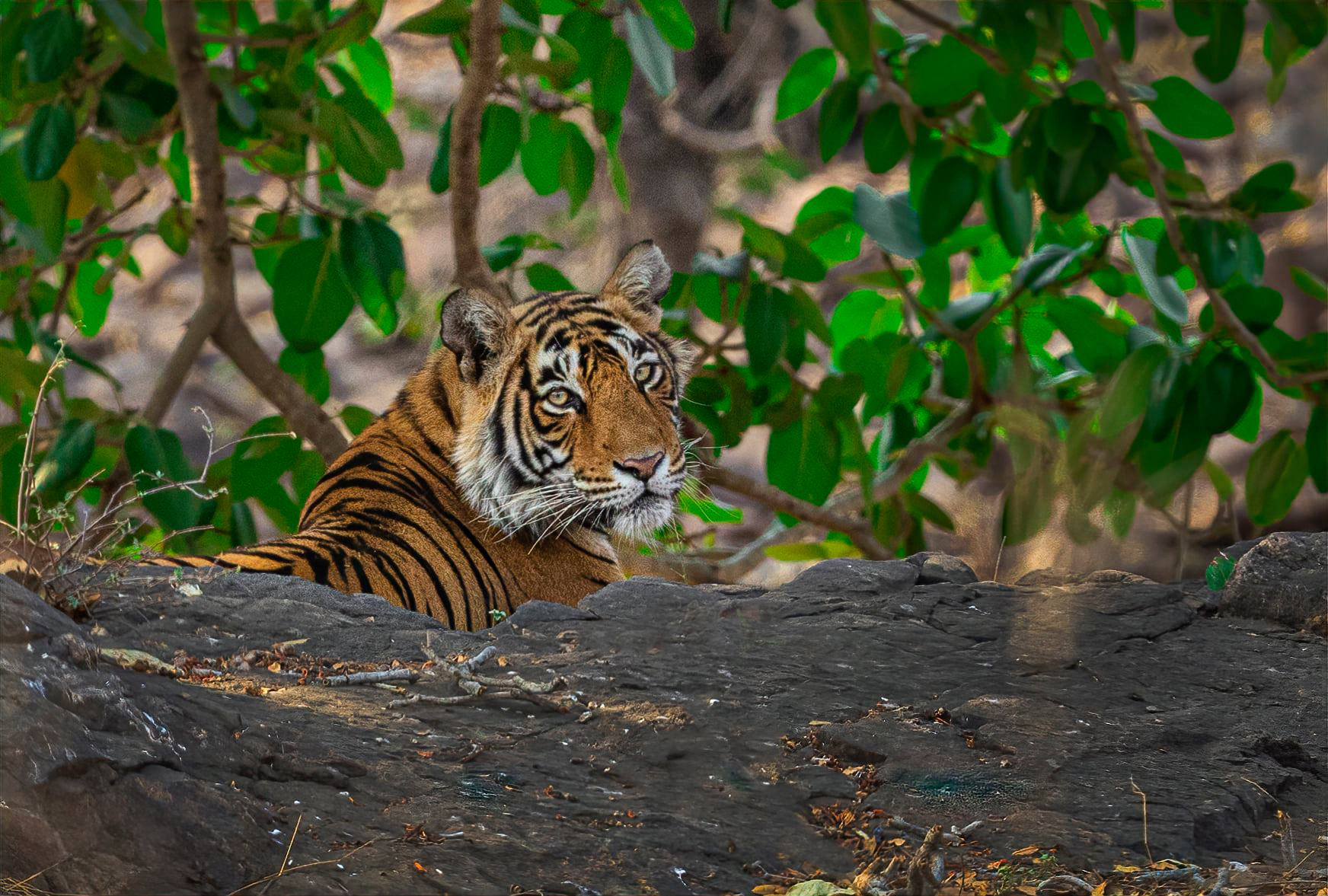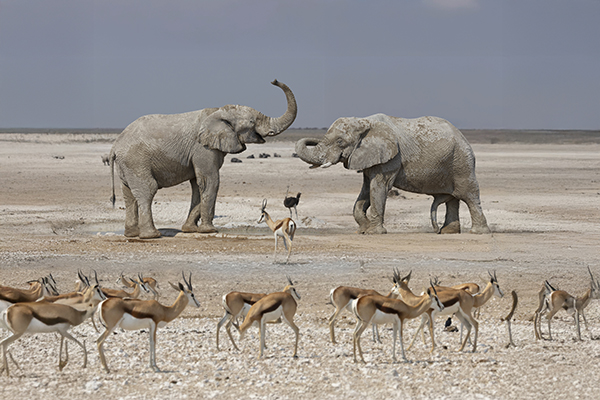India is one of the world’s richest natural treasure troves, home to over 100 national parks and nearly 500 wildlife sanctuaries. From the tiger reserves of central India to the rhino-dotted grasslands of Assam and the mystical mangroves of the Sundarbans, the diversity of ecosystems here is unmatched.
For photographers, these parks are not just about sightings, they’re about capturing stories of survival, beauty, and behavior through the lens. Whether you’re chasing the roar of a tiger, the flight of a stork, or the stillness of a rhino at dawn, the experience is transformative.
Here’s our curated guide to the best national parks in India for wildlife photography in 2025–26, with insights into what makes each unique and how you can explore them with DCP Expeditions.
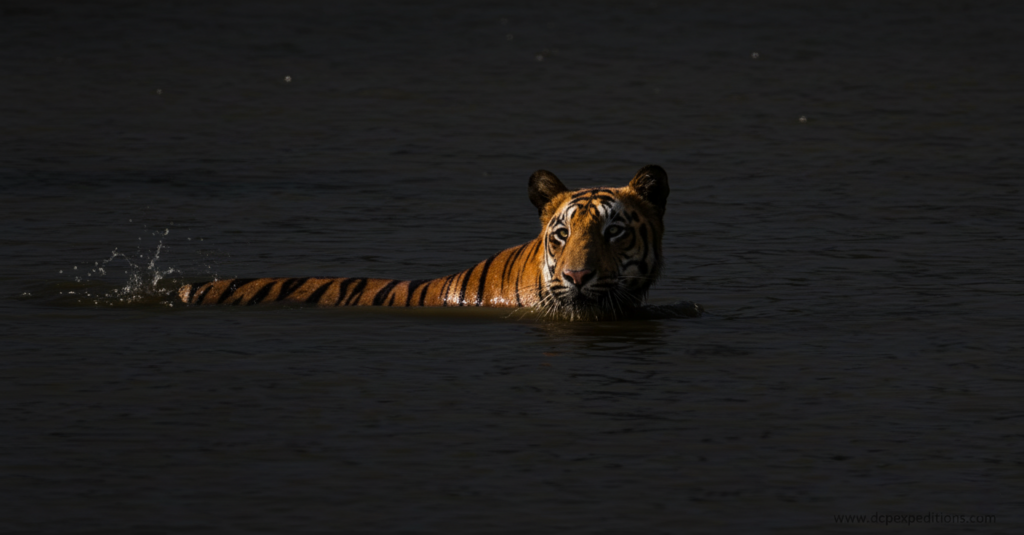
Image courtesy: Dr Caesar Sengupta
Tadoba–Andhari Tiger Reserve (Maharashtra)
Tadoba is often called the “Land of Tigers” and rightly so. With one of the highest densities of Bengal Tigers in India, this reserve is a dream for big cat photographers. Dense teak and bamboo forests open into meadows, providing perfect light and visibility.
But it’s not just about tigers. Wild dogs (dholes) hunting in packs, leopards resting in trees, and sloth bears foraging for termites add drama to every safari. Bird enthusiasts will also find paradise here, with raptors, rollers, and bee-eaters painting the skies.
On our Tadoba Tiger Photography Tour, you’ll learn how to anticipate animal movement, manage tricky light conditions, and frame compelling wildlife behavior shots.
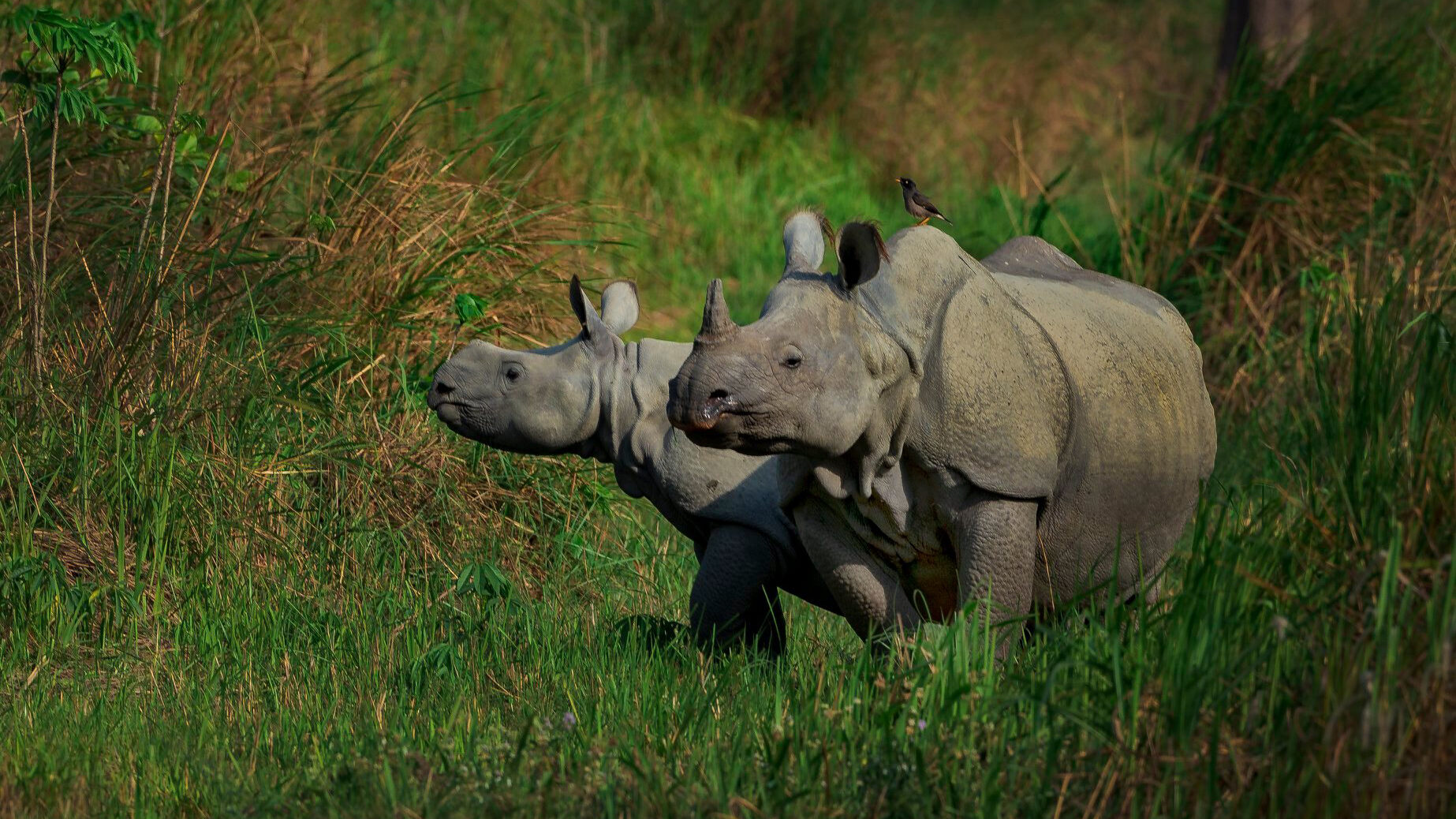
Image courtesy: Dr Caesar Sengupta
Kaziranga National Park (Assam)
Declared a UNESCO World Heritage Site, Kaziranga is synonymous with the great one-horned rhinoceros. Misty mornings in the tall elephant grass are perfect for silhouettes of rhinos, elephants, and swamp deer.
Photographers are rewarded with unique opportunities: elephants bathing in the Brahmaputra backwaters, migratory geese taking off in flocks, and rhinos grazing with fog-draped forests as backdrops.
Kaziranga is also a birding hotspot, with more than 450 species recorded — including storks, pelicans, and raptors.
Join our Kaziranga Rhino and Wildlife Photography Tour to capture iconic Indian megafauna in atmospheric light.
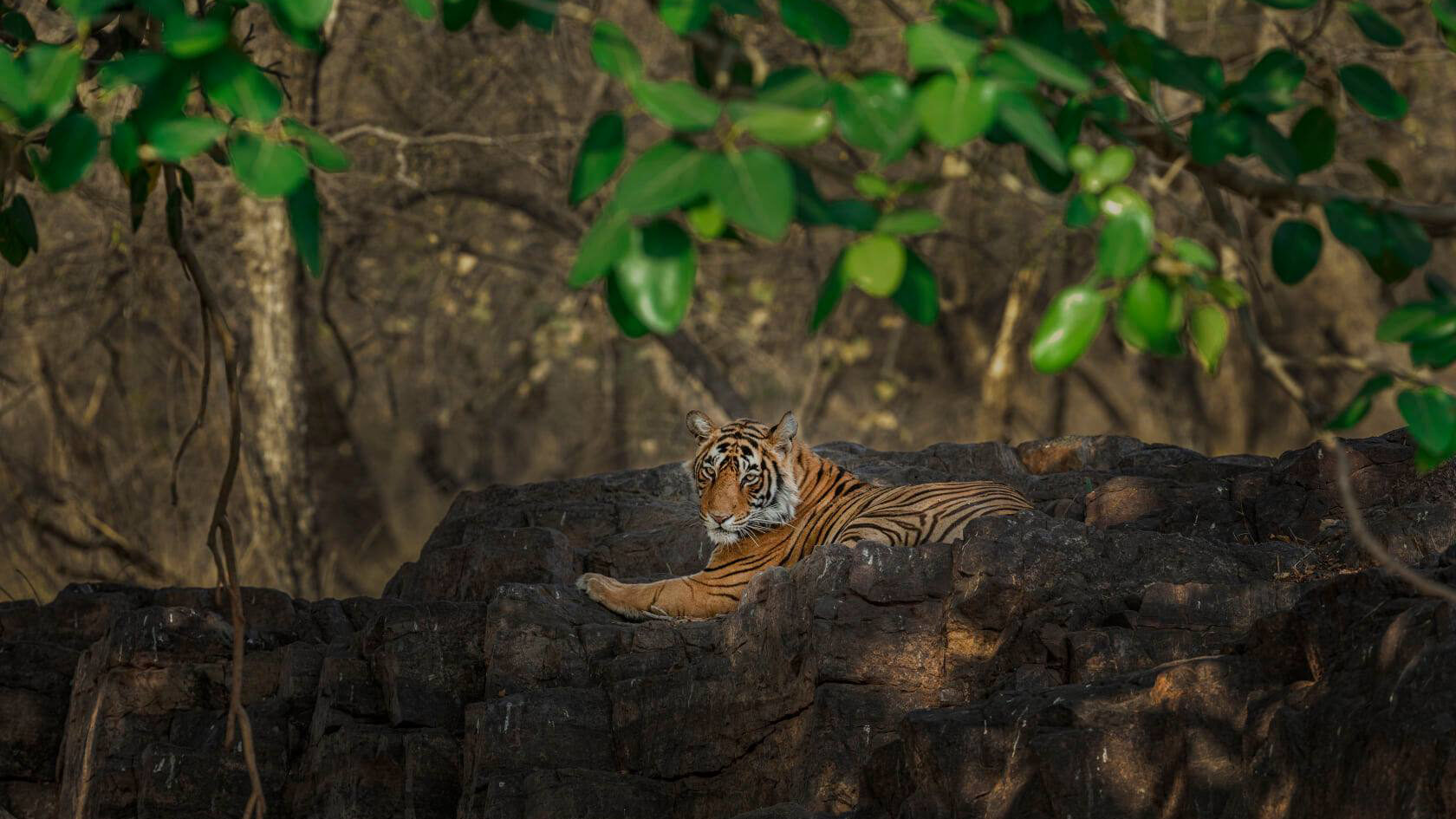
Image courtesy: Dr Caesar Sengupta
Ranthambore National Park (Rajasthan)
Ranthambore is one of the most photogenic parks in India. Here, history and wilderness come together like nowhere else a tiger walking along a ruined fort wall, or a crocodile basking beneath an ancient temple.
This dry deciduous forest is excellent for tiger sightings, but it also shelters leopards, striped hyenas, and a dazzling array of birds. The famous Rajbagh Lake, with its resident tigers and sambar deer, is a photographer’s dream.
The Ranthambore Wildlife Photography Expedition is designed to help you create dramatic compositions that balance wildlife with heritage landscapes.
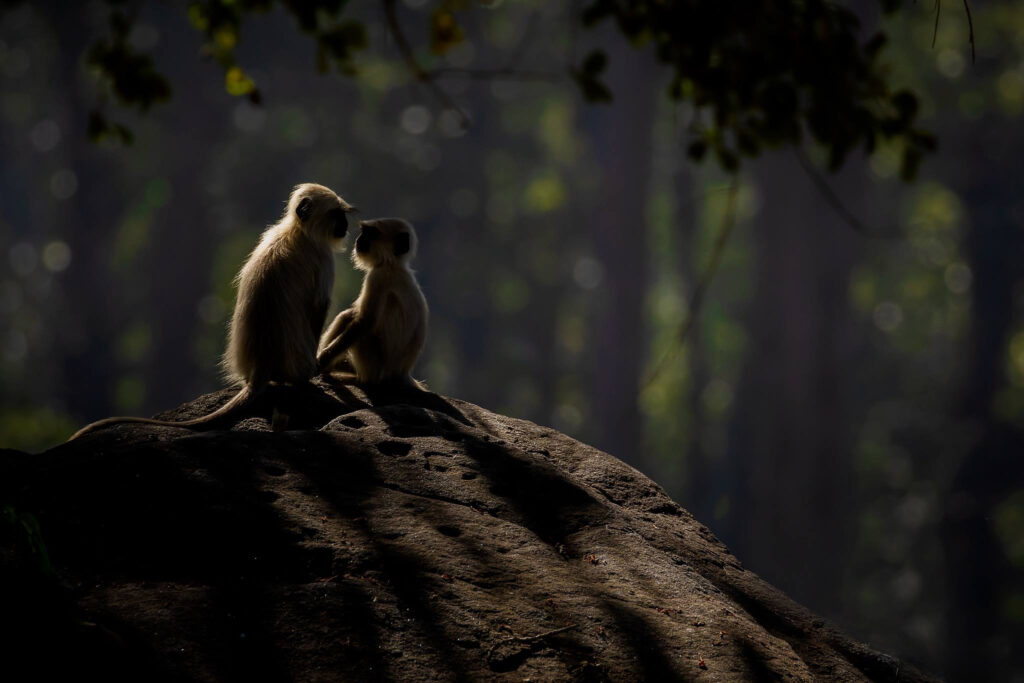
Image courtesy: Ashutosh Shinde
Kanha National Park (Madhya Pradesh)
Kanha’s lush sal forests, grassy meadows, and rolling streams inspired Kipling’s Jungle Book. Its biodiversity is immense, with tigers, leopards, wild dogs, and gaur being frequent highlights.
But Kanha’s real gem is the barasingha (hardground swamp deer), brought back from the brink of extinction here. Early mornings with herds grazing in misty meadows are unforgettable photographic moments.
On our Kanha Wildlife Photography Expedition, mentors guide you in using changing light to create mood-filled frames.
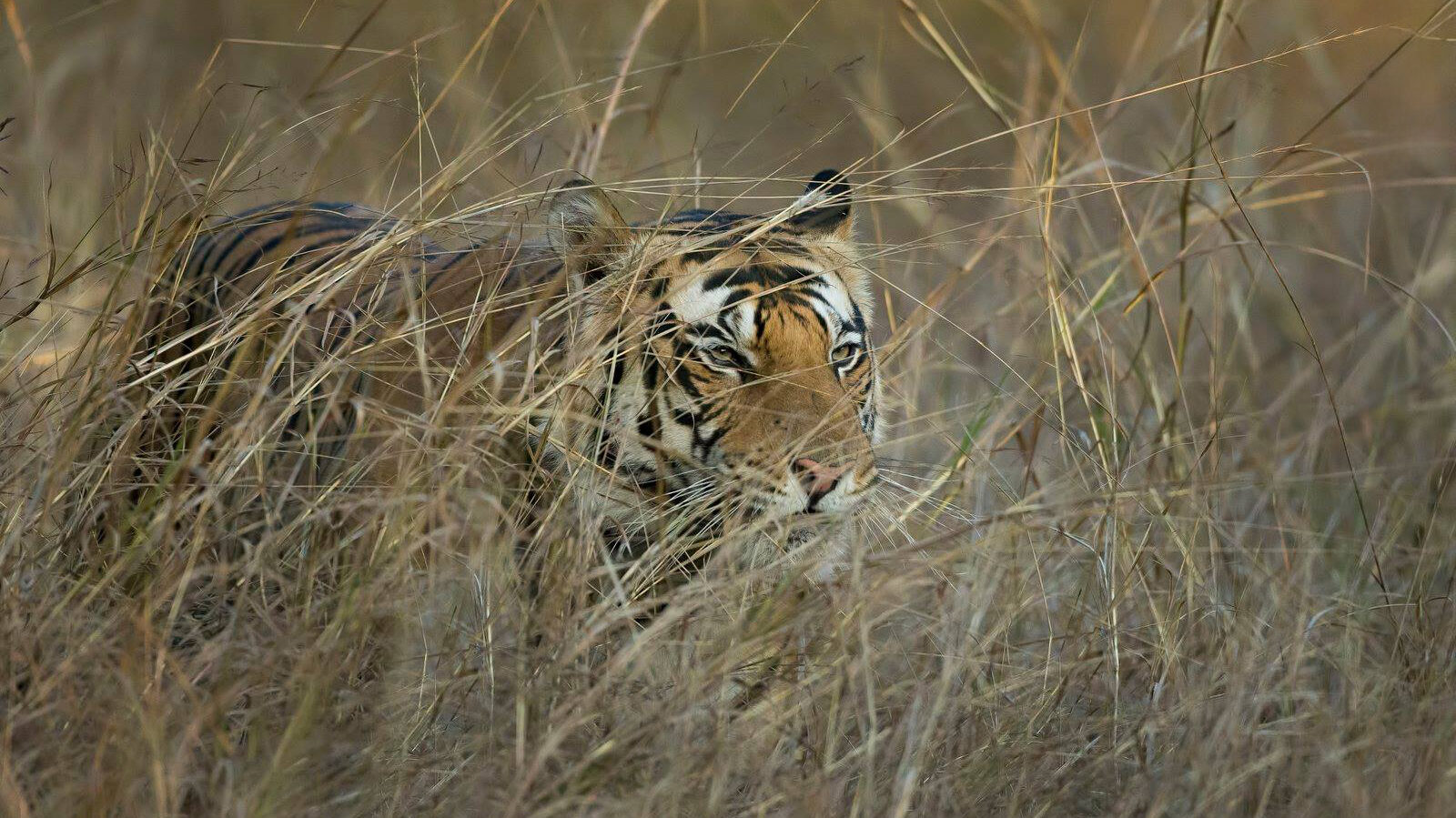
Image courtesy: Dr Caesar Sengupta
Bandhavgarh National Park (Madhya Pradesh)
Bandhavgarh is a legendary destination for tiger photography, thanks to its high density and open habitats. Dramatic rocky outcrops, bamboo forests, and ancient ruins give it a character unlike any other park.
Apart from tigers, Bandhavgarh is home to leopards, jungle cats, jackals, and a rich prey base of deer. For photographers, the mix of wildlife and history creates powerful storytelling opportunities
The Bandhavgarh Wildlife Photography Tour ensures you come back with both close encounters and creative frames.
Sundarbans National Park (West Bengal)
The Sundarbans are a mystical world where land and water merge. Boat safaris take you through narrow mangrove creeks where every ripple hides a story, the stealthy Royal Bengal Tiger, the splash of a saltwater crocodile, or the movement of a fishing cat.
Birdlife here is equally dramatic, with kingfishers, brahminy kites, herons, and egrets thriving in the mangroves. Photographing in low light and dynamic conditions makes Sundarbans both challenging and rewarding.
Experience it on our Sundarban Wildlife Photography Expedition, where mentors teach specialized skills for photographing in mangrove habitats.
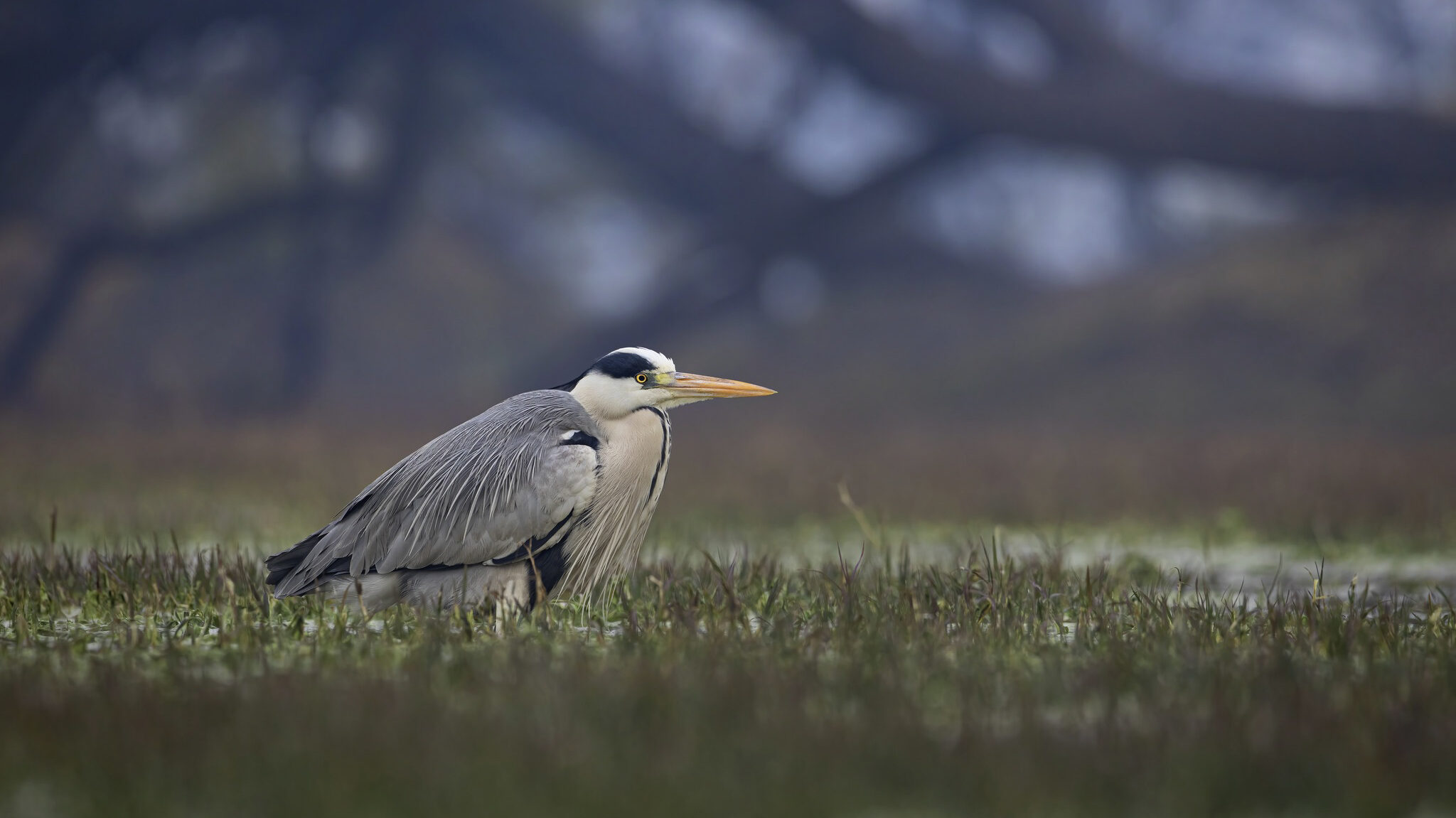
Image courtesy: Dr Caesar Sengupta
Bharatpur – Keoladeo National Park (Rajasthan)
Bharatpur is Asia’s most celebrated bird sanctuary. Every winter, thousands of migratory birds, bar-headed geese, painted storks, and pelicans arrive here.
The compact wetland environment makes close encounters easy, and walking safaris mean more freedom to experiment with compositions. Birds in flight against golden light are Bharatpur’s signature shots.
The Bharatpur Bird Photography Tour is the ideal workshop for both beginners and advanced bird photographers.
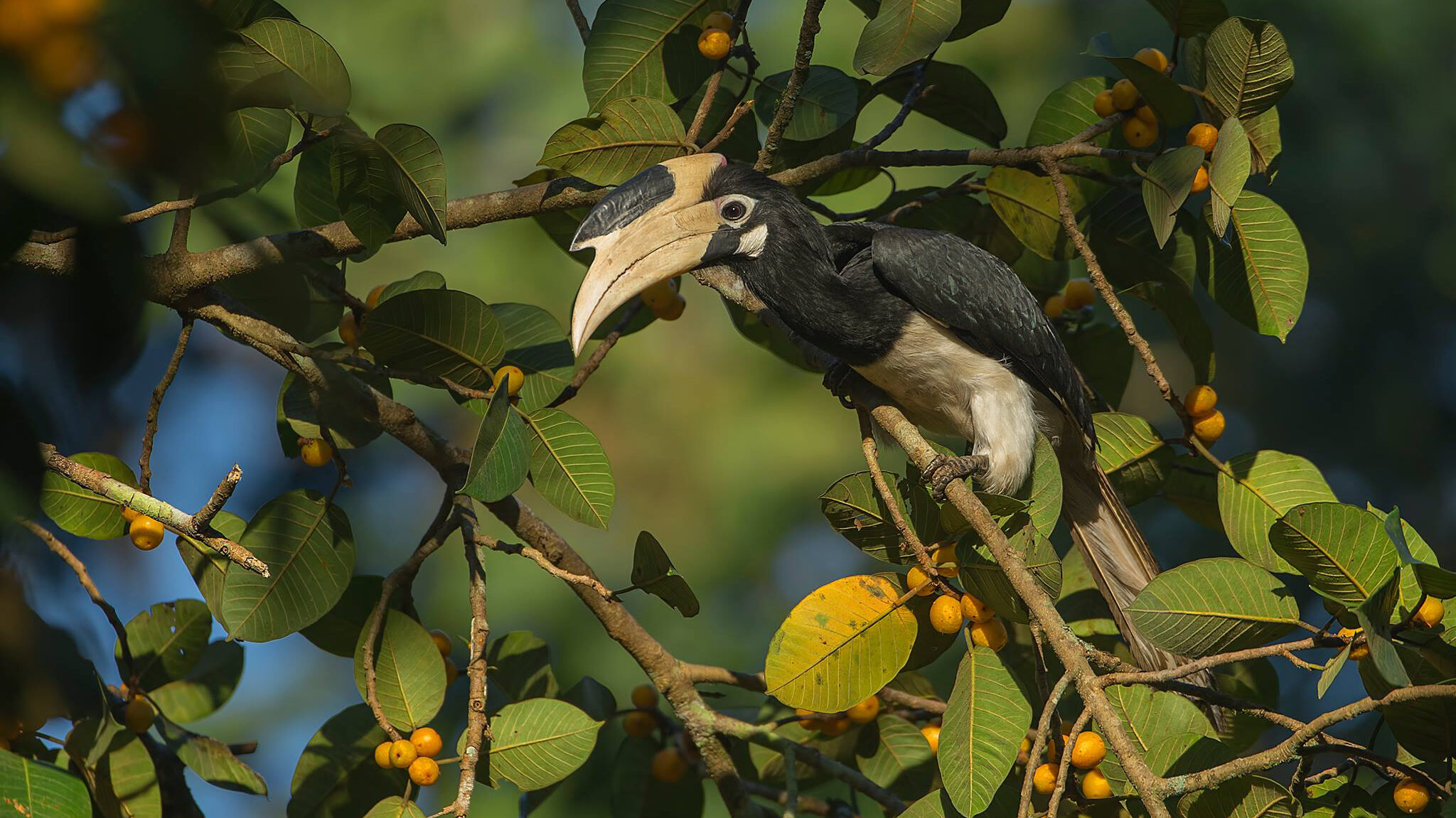
Image courtesy: Dr Caesar Sengupta
Other Birding Hotspots Beyond National Parks
While national parks are the backbone of India’s wildlife photography, there are also exceptional birding destinations outside the national park system.
- Coorg (Kodagu, Karnataka): Famous for its coffee plantations and Western Ghats forests, Coorg offers species like the Malabar Trogon, hornbills, and flycatchers. Misty mornings and lush estates make it a paradise for avian photography.
- Ganeshgudi (Karnataka): Known for hide-based bird photography, Ganeshgudi is legendary for close encounters with Malabar Pied Hornbills, barbets, and sunbirds. Natural perches in forest lodges make it a favorite among birders.
Explore these with our Coorg Bird Photography Tour and Ganeshgudi Bird Photography Tour for unforgettable birding experiences in the Western Ghats.
Why These National Parks Stand Out for Photographers
- Biodiversity: Each park offers flagship species — tigers in Tadoba, rhinos in Kaziranga, barasingha in Kanha, waterbirds in Bharatpur.
- Variety of Ecosystems: From grasslands and wetlands to rainforests and mangroves, the range of habitats offers endless creative opportunities.
- Photographic Potential: Golden meadows, misty wetlands, and ruined forts all create distinctive moods.
- Mentorship: With DCP Expeditions, every trip is more than a safari — it’s a guided journey of learning and photographic growth.
India’s national parks are not just wildlife habitats, they are living classrooms for photographers. Every visit adds new frames, new skills, and new perspectives.
From tigers in Ranthambore to rhinos in Kaziranga, from mangroves in the Sundarbans to barasinghas in Kanha, each park offers its own story waiting to be told. And beyond the national parks, birding hotspots like Coorg and Ganeshgudi enrich the journey even further.
Ready to explore these treasures with your camera? Book your place on our upcoming tours with DCP Expeditions and transform your passion into unforgettable images.

